The last Italian WW2 tank
The irony of it is that this tank never saw service with Italian forces, but supplemented the Wehrmacht during the bitter fighting of the Italian campaign, from November 1943 to May 1945. It originated from a General Staff (Stato Maggiore) specification of 1939 for a heavy tank with 60 mm (2.36 in) of armor, a 75 mm (2.95 in) gun, 25 ton weight and a diesel engine. It was called the P26/40, for "Pesante, 26 tons, model 1940". But by this time, FIAT-Ansaldo was far from being capable of producing a diesel engine powerful enough, nor found easy to convert an aviation gasoline engine for a tank. Engine development was very slow, and if by 1940 the design was ready, there was no powerplant available.Design
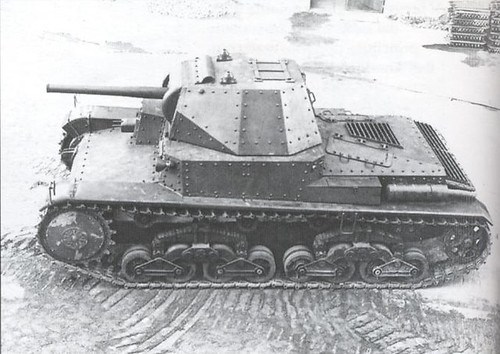
The first design was basically an upsized M11/39, with flat armor plates. But, in 1941, when Italian forces in Ukraine first encountered the T-34, the hull design was back on the drawing board, with more sloped plates as a result. The hull was still riveted, but with many welded elements. The 75 mm (2.95 in) Ansaldo cannone da 75/34 was derived from the Model 37 divisional gun, and had a much better muzzle velocity than the 75/18 (700 m/s). The tank's role shifted from infantry support to anti-tank warfare, requiring a redesign of the interior as well. Secondary armament comprised, at first, twin 8 mm (0.31 in) Breda machine-guns in the hull barbette, and another coaxial. But the twin mount was later replaced by a single machine-gun with 600 rounds. The crew of 4 comprised the driver and hull machine-gunner/radioman, with the commander/gunner and loader in the turret, which was rather cramped compared to the German standard, with no intercom.
The turret had two periscopes (one for the gunner, one for the loader), a radio, a rear two-piece hatch and two sight slits on the rear side slopes. The rear engine deck had three slopes, the central one, equipped with a ventilation grid being larger at the base, and access hatches on the two side slopes. The rear end slope also had the large exhaust grids. The turret design was similar to a larger M13/40 turret, but still too cramped to accommodate a crew of three. In result, the commander was somewhat overloaded. The drivetrain was similar to previous models, although larger, still reliable, but it did not allow high speeds. The armor was a real improvement, despite still being riveted, with the turret having a 60 mm (2.36 in) frontal plate, 50 mm (1.97 in) on the side and 20 mm (0.79 in) on the top. The hull had 50 mm (1.97 in) thick front and 40 mm (1.57 in) sides and rear, with 14 mm (0.55 in) on the bottom and engine deck. It was tested against the British QF 2 pounder, but failed against the standard 6 pdr (57 mm/2.24 in). A 420 hp (310 kW) petrol engine was first tested in 1941, giving an excellent power-to-weight ratio, but was not approved by the army. Eventually, in 1942, the FIAT company succeeded in providing a reliable V-12 SPA 342 diesel, which was eventually adopted.
Production
By 1943, three prototypes had been successfully tested, and a production order for 1200 units was issued. It took a month to gear up, so much so that only a handful of pre-production models made it out of the factory floor at the time of the Italian armistice, in September 1943. The factory was seized by the German military, and production was resumed until 1944. Eventually, only 100 were delivered, and integrated into the Wehrmacht. it was known as the Panzerkampfwagen P40 737(i). A late Italian project, the P43, was projected to be over 30 tonnes with 100 mm (3.94 in) frontal armor, and a long barrel 75 mm (2.95 in) or even a 90 mm (3.54 in) gun, like that of the Semovente M41 90/53. Only two mockups were built. There was also a paper project for a self-propelled gun, a turretless vehicle mounting a formidable 149 mm (5.86 in)/40 caliber artillery piece with a range of over 23 km. Other projects included a tank-hunter Semovente, with a 100 mm (3.94 in) high velocity gun.The P26/40 in action
The P40 was intended, originally, to support the mediums, with one company of heavy tanks with three medium companies in each battalion. In 1944, the Germans used the P40 in small Abteilungs, like a regular medium tank. But, apart their engagement at Anzio, they saw little action. Eventually, many turrets were re-used in strongpoints which composed the German defensive lines. Today two vehicles survive, one at the Museo della Motorizz. Militare della Cecchignola in Rome and one in front of the Caserme "Nacci" e "Zappalà" in Lecce.Carro Armato P26/40 specifications | |
| Dimensions | 5.50 x 2.80 x 2.50 m (19ft x 9ft 2in x 8ft 2in) |
| Total weight, battle ready | 26 tons |
| Crew | 4 (commander, driver, machine-gunner/radioman, loader) |
| Propulsion | V-12 SPA 342 diesel, 330 hp (243 kW), 11.53 hp/t |
| Suspension | Semi-elliptical leaf spring bogies |
| Top speed (road/off-road) | 40 km/h (25 mph)/ 25 km/h (16 mph) |
| Operational range | 280 km (170 mi) |
| Armament | Ansaldo 75 mm L/34 (2.95 in), 75 rounds 2xBreda-38 8 mm machine-guns (0.31 in), 600 rounds |
| Armor | From 14 to 60 mm (0.55-2.36 in) |
| Total production | 103 (including prototypes) |
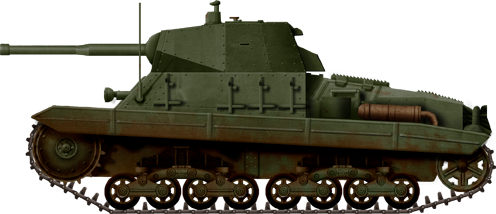
Pre-production vehicle, Genoa, September 1943.
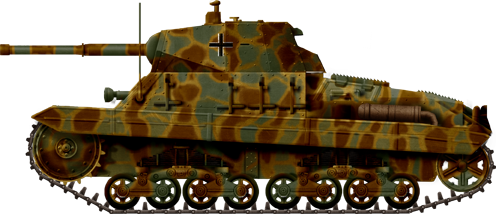
15th Polizei-Panzer kompanie, Novara, April 1945.
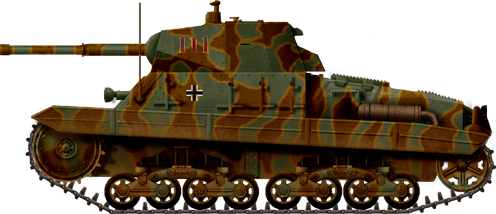
24th Panzer-Kompanie Waffen Gebirgs, 1st platoon, Friul region, April 1945.
Gallery


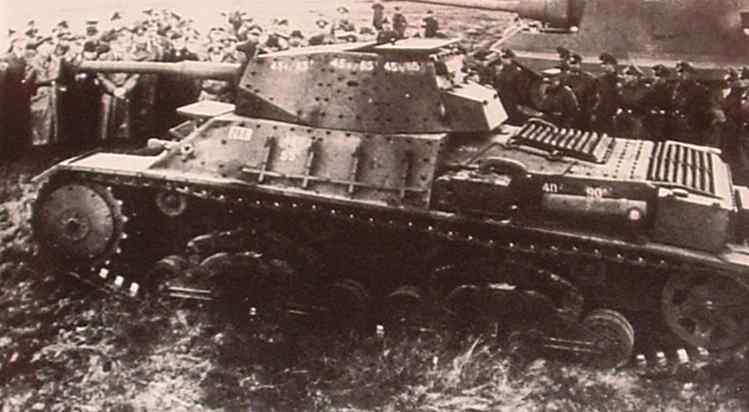

WW2 Tanks




























WW2 tanks posters

All Tiger tanks liveries.

Panther liveries and variants

WW2 Armour - All tanks











Tanks aces and single tanks series

Find more there

Museums, Movies, Books & Games
The Tanks and Armor in pop culture
Tanks and armored vehicles in general are only really grasped when seen first person: The mass, the scale, it's all there. Explore also the way tanks were covered in the movie industry, in books and in video games.Movies:
Best tanks movie on warhistoryonline.com
On imdb.com
On bestsimilar.com/
miltours.com
liveabout.com/
watchmojo.com
Video Games:
pcgamesn.com
historyhit.com
levvvel.com
vg247.com/best-tank-games
mmobomb.com/
alienwarearena.com

